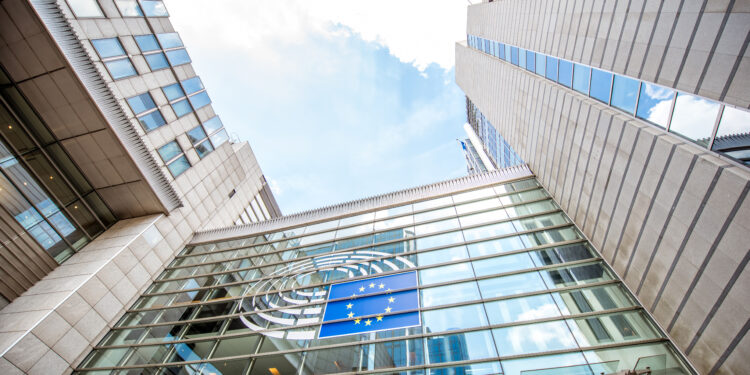Aroa Fandiño Serrano
Expert in European Law and a contributor to Fundación Alternativas
Europe was not built in a single gesture, nor in a single day. It was forged step by step, agreement by agreement, under the crossfire of history and the political will to overcome it. Every May, Europe pauses to commemorate two fundamental moments that marked its rebirth after the shadows of World War II: May 5th, the Day of the Council of Europe, and May 9th, the Day of the European Union. Two days, two roots that remind us of the importance of the organizations that continue shaping the continent’s vision. But also, two dates that invite us to ask: do we truly understand the foundations of the European project?
May 5th: The Council of Europe and the Defense of European Values
The story of these two days begins with an institution often relegated to the background: the Council of Europe. Founded on May 5th, 1949, through the Treaty of London, it laid the first stone in ensuring a Europe grounded in the universal values of human rights, democracy, and the rule of law.
Today, with 46 member states — including all 27 of the European Union — the Council remains Europe’s moral compass, with the European Court of Human Rights as one of the most influential pillars of the continent’s democratic system.
And yet, May 5th passes almost unnoticed even among those who consider themselves strongly pro-European. Not even in political or social circles with a European vocation is the relevance of the Council of Europe within the continent’s political and legal architecture fully grasped. This lack of awareness reflects an incomplete view of the European project, one in which everything seems to revolve around the EU, forgetting that Europe is also built upon ethical, political, and legal foundations that transcend the Community logic.
Beyond its legal influence, the Council of Europe symbolizes a firm commitment to democratic coexistence and human dignity. It represents the Europe of shared principles — the invisible but essential foundation of a European family united by respect, justice, and democracy.
May 9th: The European Union and the Project of Political Integration
Five years after the founding of the Council of Europe, on May 9th, 1950, French Foreign Minister Robert Schuman presented a revolutionary proposal: economic integration in key sectors such as coal and steel to prevent future wars. Thus was born the ECSC, the forerunner of today’s European Union.
This second Europe Day commemorates not only that visionary gesture but the beginning of an integration process that has transformed the continent: from the customs union to the euro, from the common market to an increasingly political community with global ambitions. A Europe that does not settle for functional cooperation but moves towards political union to give meaning and strength to its shared destiny.
Spain: A Strong Commitment to the Two Pillars of the European Project
Spain fully celebrates both days, as it is a member of both the Council of Europe and the European Union. It joined the Council in 1977, during its democratic transition, reaffirming its commitment to being part of a Europe built on democratic values and human rights. In 1986, it became a member of the European Economic Community, taking a decisive step toward full integration into the Union.
Conclusion: Two Days. Two Legacies. One Europe
The commemoration of May 5th and May 9th is not merely a historical reminder, but a reaffirmation of the principles that have upheld—and will continue to uphold—the construction of Europe. Both days celebrate a shared vision: a Europe founded on the values of peace, democracy, and human rights, which continues to evolve in the face of global challenges.
In times of uncertainty, may the spirit of May 5th and 9th remain the guiding light for the Europe of tomorrow: steadfast in its values and principles, bold in confronting its challenges, and united in its shared destiny.







